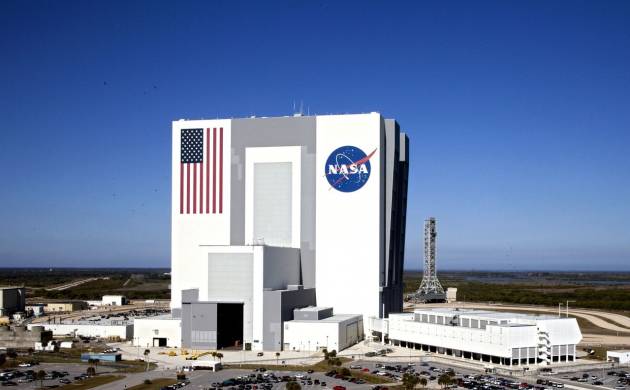
NASA Tests Effectiveness of Flexible Solar Array on ISS
The National Aeronautics and Space Administration (NASA), in a first-of-its-kind bid to develop renewable power solution for its future spacecraft and satellites, has been testing a flexible solar array and if everything goes accordingly, then soon it will be used for supplying power to a range of future spacecraft and satellites.
As officially confirmed by NASA, agency’s revolutionary compact high-power solar array has successfully marked its debut on the International Space Station Sunday on 18th July, and from now, this will allow the onboard astronauts to review the durability of the technology for the upcoming deep-space missions. Named as ‘Roll-Out Solar Array’ or ROSA, the system is an ultra modern and highly flexible solar display that is capable of compressing like a tape measure and can easily be fitted or adapted to multiple sizes. NASA was testing the path-breaking ROSA technology in the ground-based vacuum chambers several years ago. But this is the first time, which the agency has taken the step forward for testing the technology in space.
Over this weekend of June 17 and June 18, 2017, the ground-based engineers of NASA remotely manoeuvred the robotic Canadarm2 of the International Space Station (ISS) for extracting the ‘Roll Out Solar Array (ROSA)’ experiment tools that were shipped by the Dragon resupply ship of US-based SpaceX. The experiment will stay connected to the Canadarm2 for the next seven days during which the onboard researchers of the ISS will test its efficiency of ROSA, said NASA.
From vast arrays to small scopes, the solar array can efficiently offer power for a range of future spacecraft, said officials of NASA. Apart from these qualities, the technology also has the perspective to make the solar arrays more compressed and lightweight for the satellite radio, satellite televisions, GPS, weather forecasting, and other high-end services, employed on the Earth. Alongside, the technology can also be conceivably adapted for supplying solar power in distant locations where the availability of power is nil.
The traditional solar panels which are employed for powering satellites are colossal with weighty panels, wrinkled together employing mechanical hinges. But the new solar array is designed to turn up from forming a compacted cylinder for being launched with significantly lower weight and dimensions, which eventually make the potential of delivering substantial cost savings approach as well as increase the power supply for satellites stronger and even more practical than ever.
According to Jeremy Banik, the chief project scientist of ROSA and a senior research engineer at the Air Force Research Laboratory, Kirtland Air Force Base in New Mexico, “While taking wings into space, what matters most is the mass and volume of the object, and ROSA is 20% less weighty and four times tinier in terms of volume than the existing, rigid panel arrays.”


